Reasons Why Your Cat is Not Eating
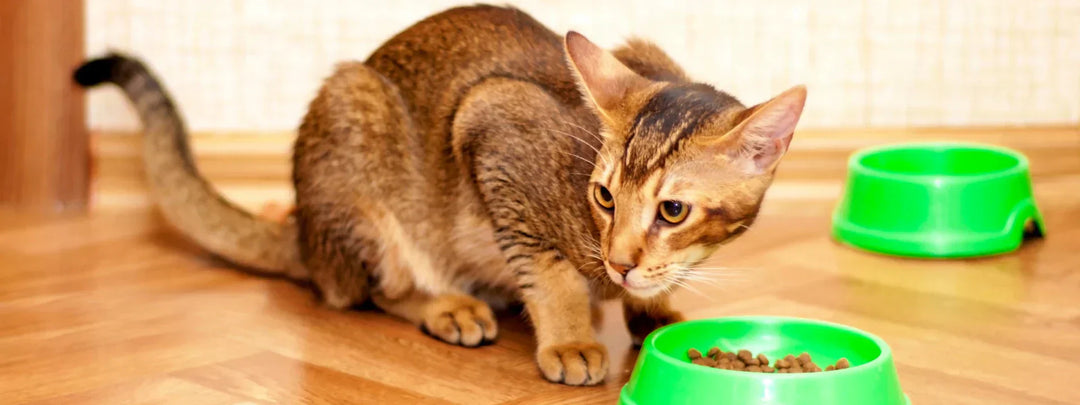
When your cat suddenly refuses food, it can be worrying and stressful—especially since a loss of appetite may be a sign of something serious. Whether your feline friend is turning away from meals due to stress, illness, dental pain, or even a change in their environment, knowing the potential causes is the first step to helping them.
In this article, you’ll quickly learn the most common reasons why cats stop eating, how to spot warning signs of major health issues, and practical steps you can take right away. If you want answers—and peace of mind—keep reading to discover what could be behind your cat’s change in appetite and what you can do to help.
Medical Reasons Why Your Cat May Stop Eating
A cat that stops eating might be dealing with a medical issue. Conditions like dental problems, digestive issues, infections, or chronic diseases can all affect your cat's appetite. Below are the most common medical causes.
1. Dental Problems That Make Eating Painful
Dental issues such as gum disease, tooth abscesses, or broken teeth can make chewing painful for your cat. If your cat avoids hard food, drools excessively, or paws at its mouth, it could be dealing with dental pain. A visit to the vet is necessary to address any oral health issues.
2. Gastrointestinal Issues
Digestive problems, like inflammation or infection in the stomach and intestines, can lead to nausea, vomiting, and loss of appetite. Conditions like inflammatory bowel disease (IBD) can cause discomfort, making eating difficult for your cat. A vet visit is essential if your cat is showing digestive distress.
3. Foreign Objects Causing a Blockage
If your cat has ingested something it shouldn’t, such as string, plastic, or small toys, it may experience an intestinal blockage. This can cause pain, vomiting, and loss of appetite. If your cat suddenly refuses food and appears lethargic, seek immediate veterinary care.
4. Intestinal Parasites
Parasites like roundworms and tapeworms can irritate your cat’s digestive system, making them feel nauseous and lose their appetite. If your cat is vomiting, bloated, or losing weight, a deworming treatment may be required. Regular vet check-ups help prevent and manage parasitic infections.

5. Kidney Disease
Chronic kidney disease is common in older cats and often causes symptoms like nausea, loss of appetite, and increased thirst. If your cat is drinking more water than usual, has a reduced appetite, and appears lethargic, kidney disease might be the culprit. Early intervention can help manage the condition.
6. Liver Disease
Liver disease can lead to a loss of appetite due to nausea and weakness. A severe condition known as hepatic lipidosis (fatty liver disease) can develop if a cat stops eating for an extended period. If your cat is showing signs of jaundice (yellowing skin or eyes), immediate veterinary attention is necessary.
7. Pancreatitis
Pancreatitis, or inflammation of the pancreas, can lead to severe abdominal pain, nausea, and decreased appetite. Cats with pancreatitis may refuse food and become lethargic. It can be triggered by infections, certain medications, or fatty foods. A vet will need to evaluate and treat your cat for pancreatitis.
8. Cancer
Cancer, particularly in the digestive system, can cause weight loss, fatigue, and a decrease in appetite. If your cat has unexplained weight loss, lumps, or persistent weakness, consult a vet for a thorough evaluation.

Behavioral and Environmental Causes of Appetite Loss
Aside from medical issues, your cat’s appetite may also be influenced by behavioral or environmental factors. Stress, anxiety, or changes in their surroundings can lead to loss of appetite. Here's how these factors affect your cat.
1. Stress or Anxiety
Cats are sensitive creatures, and stress can significantly impact their eating habits. Loud noises, unfamiliar visitors, or changes in the home environment can make your cat anxious, causing them to avoid food. Look for signs of stress, such as hiding, excessive grooming, or vocalization.
2. Changes in Routine or Environment
Cats thrive on routine. Moving to a new home, changing the layout of the house, or even altering feeding times can create anxiety and cause them to stop eating. Keeping their environment consistent and calm is important for encouraging healthy eating habits.
3. New Food or Diet Preferences
Cats can be picky eaters. If you’ve recently changed their food, they may not like the new flavor or texture. Gradually transitioning to new food can help prevent them from rejecting it outright. If your cat suddenly stops eating, try offering familiar foods first before introducing any new types.
4. Multi-Pet Households
Cats in multi-pet homes may feel intimidated at mealtime, leading to food avoidance. Some may eat too quickly, while others may refuse to eat at all.
The Oneisall 5L Auto Cat Feeder helps reduce competition by ensuring equal portions for two cats. With a 5L capacity, it can feed two cats for up to 10 days, while 5G/2.4G Wi-Fi control lets you adjust feeding schedules remotely, reducing stress and food-guarding behavior.
5. Picky Eaters
Some cats are simply finicky. They may refuse food based on its texture, temperature, or even the shape of the food. Experimenting with different types of food, such as wet food, and warming it slightly to enhance the aroma can sometimes help.
6. Seasonal Appetite Changes
Cats may eat less during warm months due to decreased activity. However, proper hydration is essential to prevent dehydration.
The Oneisall 2L Cat Water Fountain Stainless encourages drinking with its 304 stainless steel build, 3-layer filtration, and ultra-quiet <30dB flow. The 2L capacity ensures a constant water supply, while the visual window lets you easily track water levels.

What You Should Do If Your Cat Is Not Eating?
If your cat is refusing food, it’s essential to address the situation quickly. Below are some helpful tips to encourage your cat to eat.
1. Create a Calm and Quiet Eating Area
Stress can discourage your cat from eating. Ensure they have a quiet and comfortable space to eat, free from distractions or other pets. A calm environment can help your cat feel more at ease and encourage them to eat.
2. Offer Wet Food or Warmed Food
If your cat isn’t eating dry food, try offering wet food instead. The stronger aroma and softer texture might be more appealing. You can also warm up the food slightly to make it smell better and more appetizing.
3. Experiment with Different Bowls
Some cats are picky about the type of cat bowls they eat from. Try changing the material (stainless steel, ceramic, or plastic) or use a shallow plate to see if that makes a difference in their eating habits.
4. Offer Enticing Toppings
Adding a bit of tuna juice or low-sodium chicken broth to your cat’s food can make it more appealing. This can help stimulate their appetite and encourage them to eat.
5. Maintain a Consistent Feeding Schedule
Cats thrive on routine. Set regular feeding times and avoid leaving food out all day. This structure can encourage your cat to eat at scheduled intervals.
6. Hand-Feed Your Cat
Sometimes, hand-feeding your cat can help entice them to eat. If they are refusing food from their bowl, try offering it directly from your hand to make it more personal and comforting.
7. Consult Your Veterinarian
If your cat’s refusal to eat persists for more than 24 hours, or if they exhibit other concerning symptoms like vomiting, lethargy, or weight loss, consult a veterinarian. A thorough check-up is necessary to rule out medical conditions.

How Long Can a Cat Go Without Eating?
A cat can survive without food for several days, but it can be dangerous. After 24-48 hours without food, cats may start developing serious health problems, including liver disease (hepatic lipidosis), dehydration, and muscle breakdown. If your cat hasn’t eaten for more than a day, you should seek veterinary care immediately.
Related Reading: How Long Cats Can Safely Go Without Food and When to Worry
The Dangers of Prolonged Fasting
If a cat doesn’t eat for over 24 hours, it risks developing hepatic lipidosis, a life-threatening liver condition. Prolonged fasting can also cause malnutrition, muscle loss, and a weakened immune system.
Hepatic Lipidosis (Fatty Liver Disease) Can Be Fatal
When a cat stops eating, its body breaks down fat for energy. This can overload the liver, leading to hepatic lipidosis, a life-threatening condition.
Malnutrition Weakens the Immune System
Without food, cats lose weight, muscle mass, and energy. Malnutrition makes them more prone to infections and slower to recover from illness.
Dehydration Can Lead to Organ Failure
A cat that refuses food and water can develop kidney and liver failure. If your cat stops eating and drinking, seek emergency vet care.
Conclusion
If your cat refuses to eat, it’s important to act quickly to address the issue. Whether it’s a medical, behavioral, or environmental cause, identifying the reason behind your cat’s loss of appetite will help ensure they receive the appropriate care. Monitor their symptoms, and don’t hesitate to contact a vet if needed.
By creating a calm, comfortable environment and offering appealing food options, you can encourage your cat to eat and improve their overall well-being.







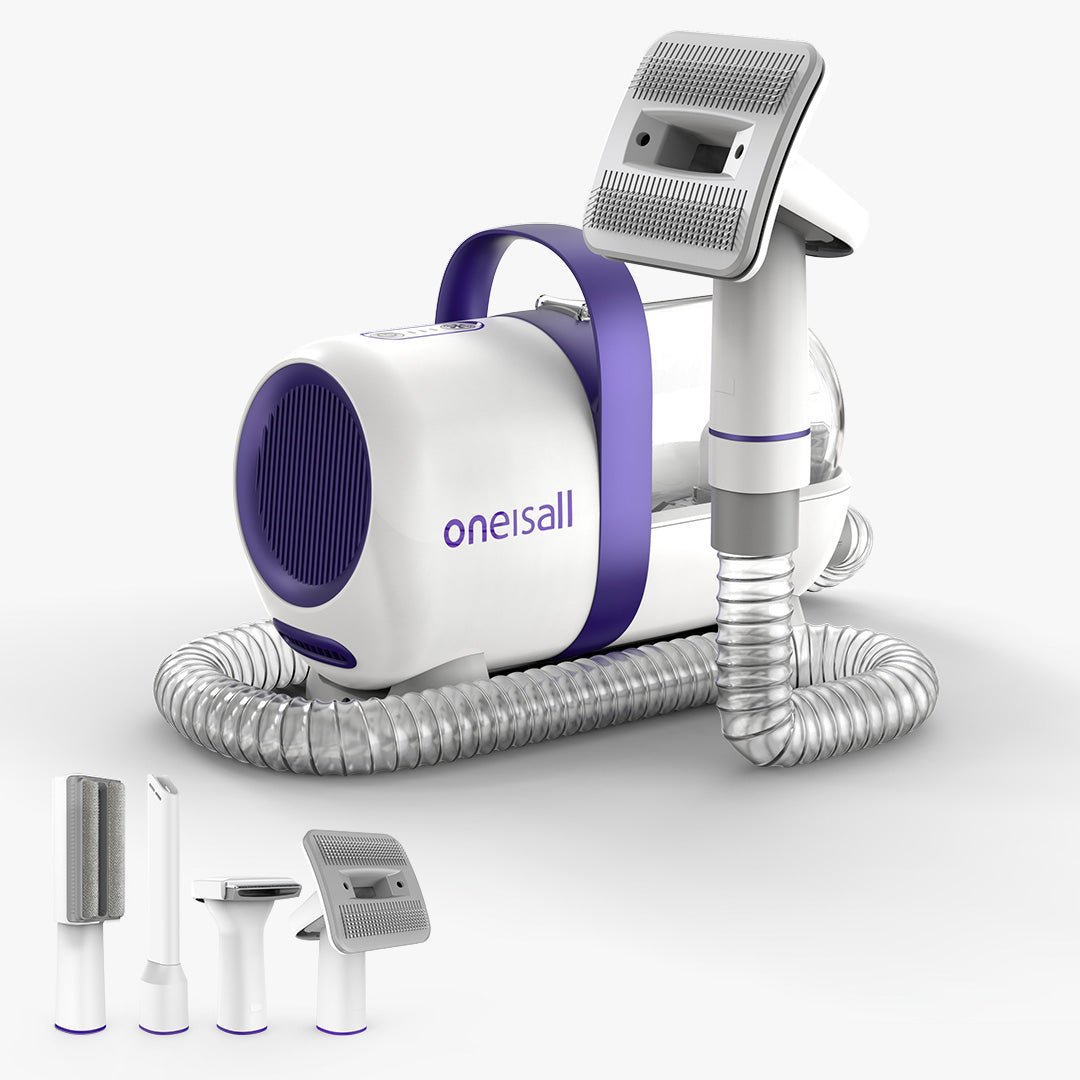
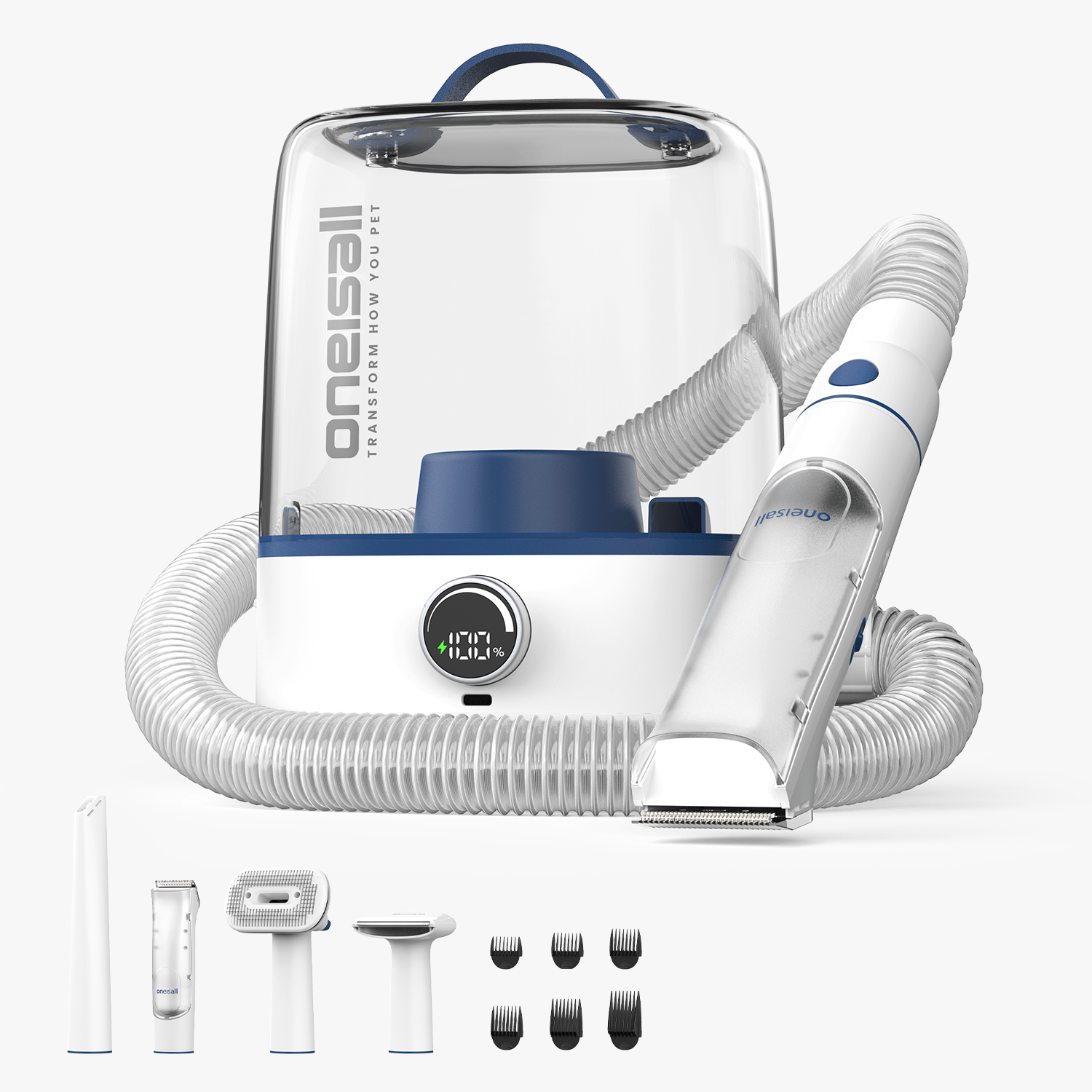
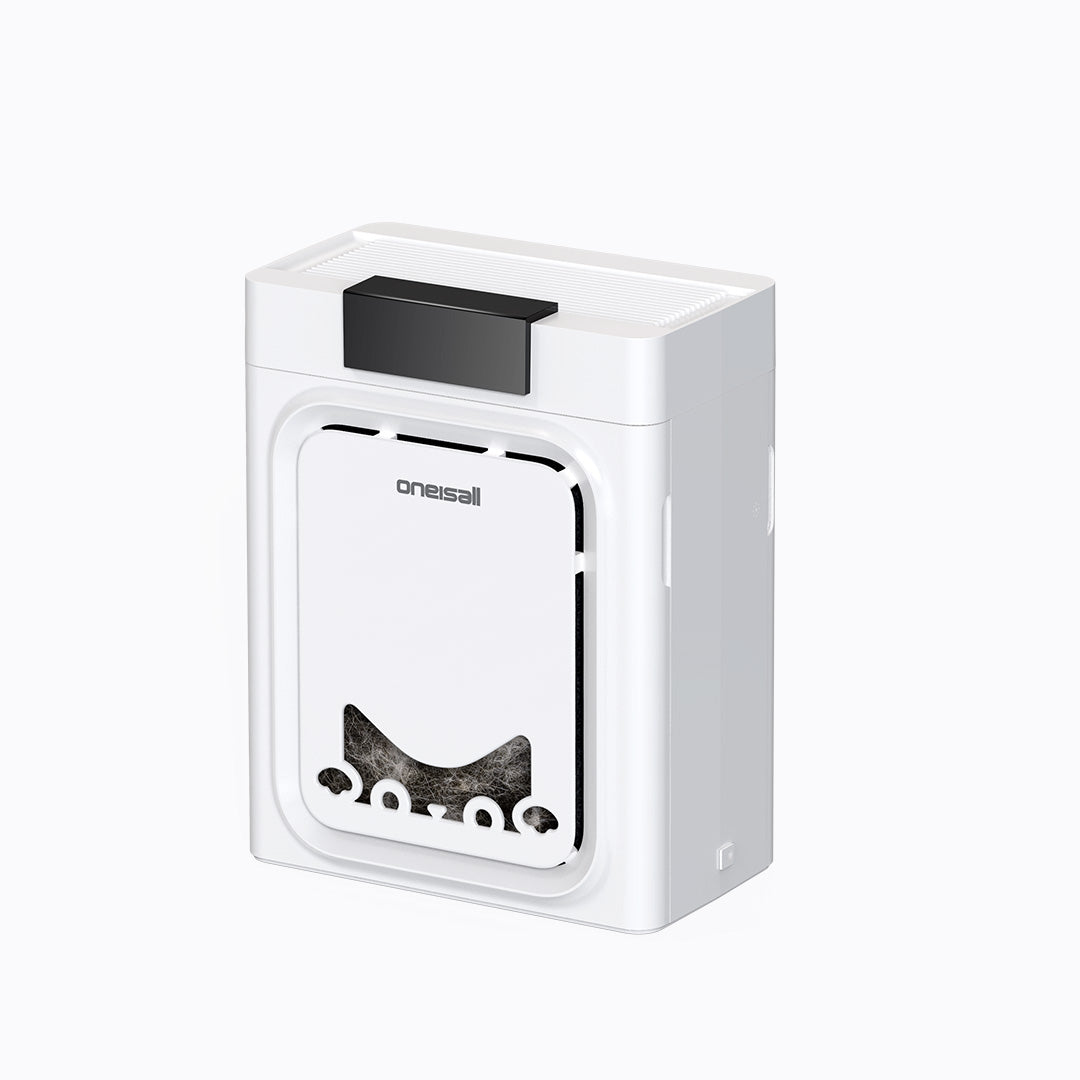
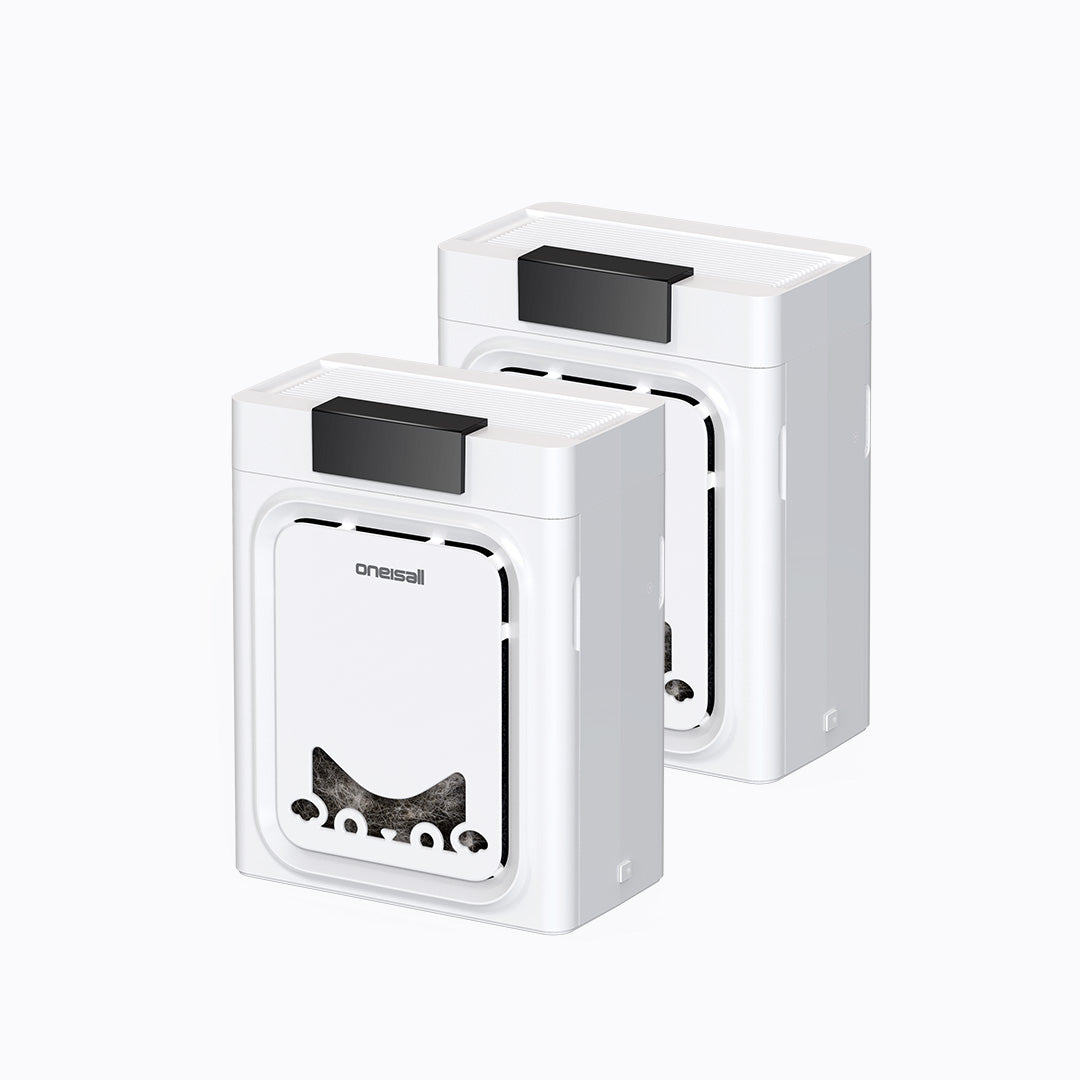
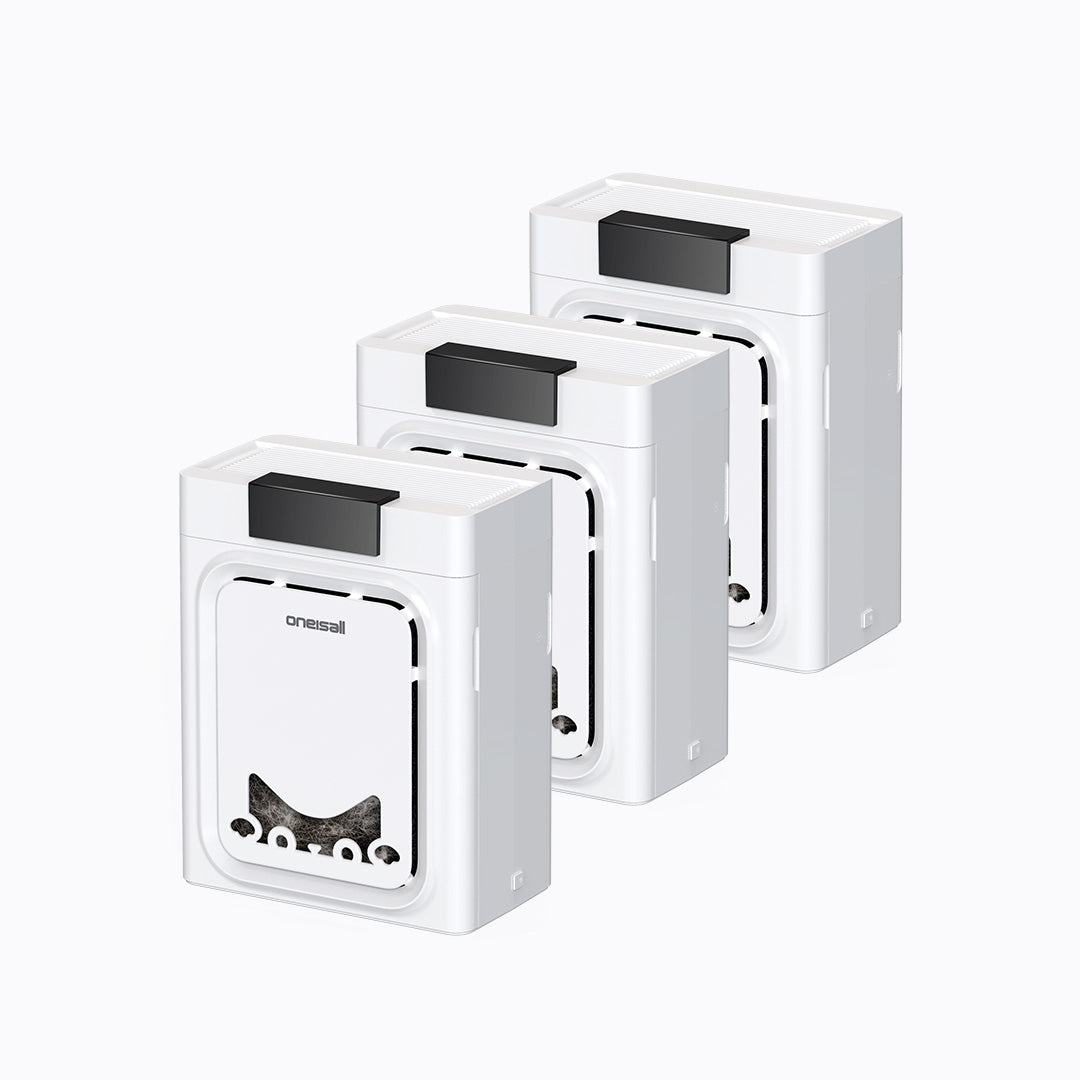
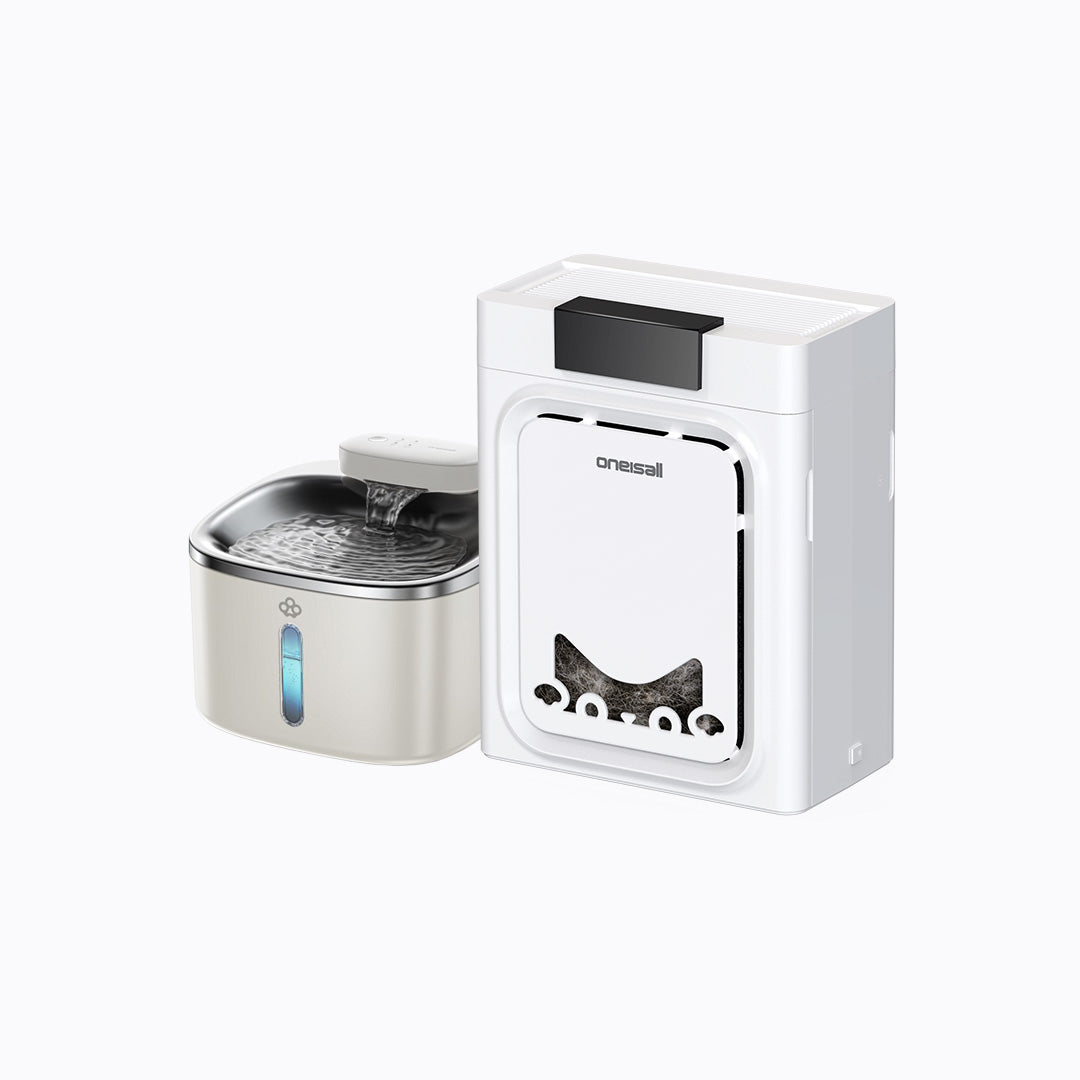
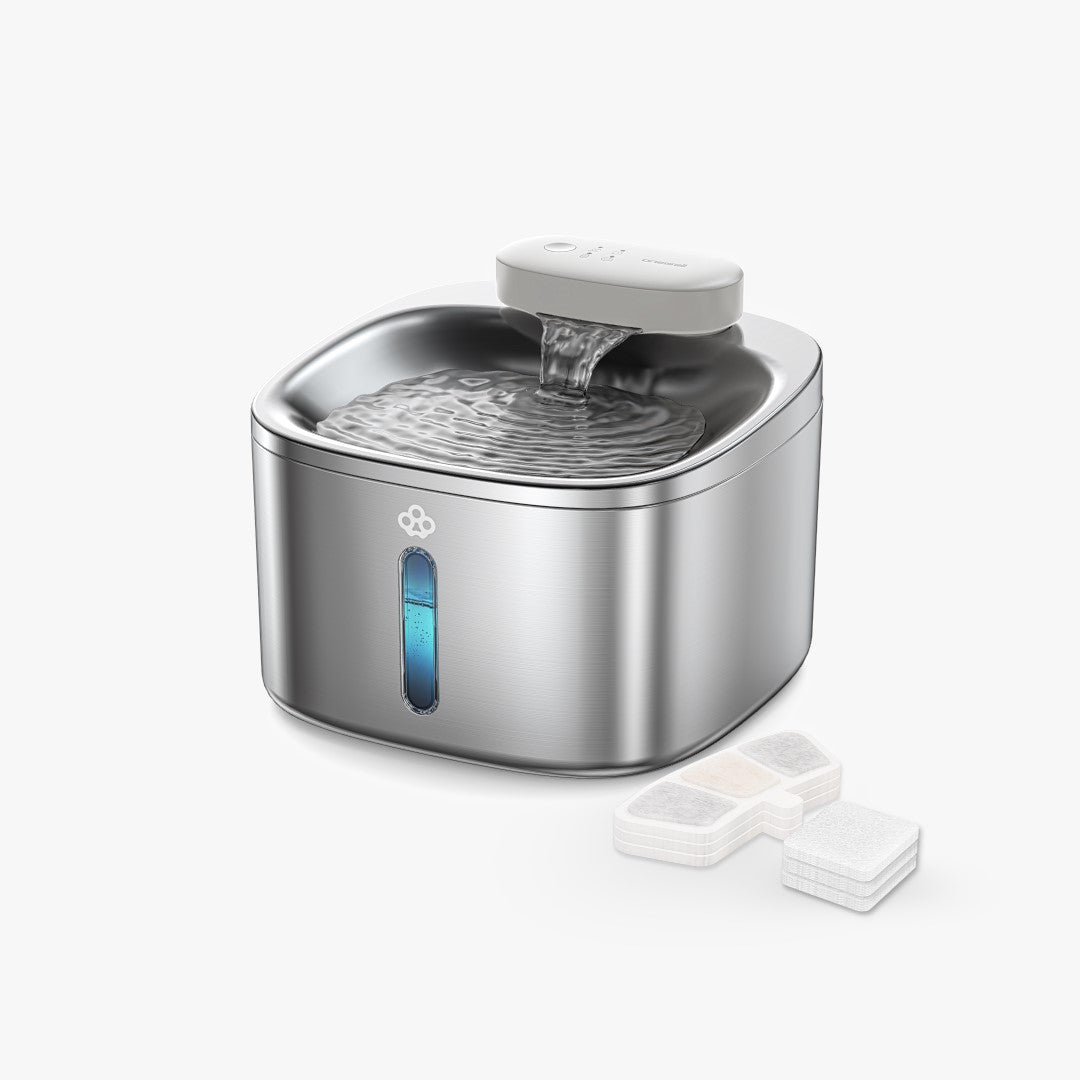

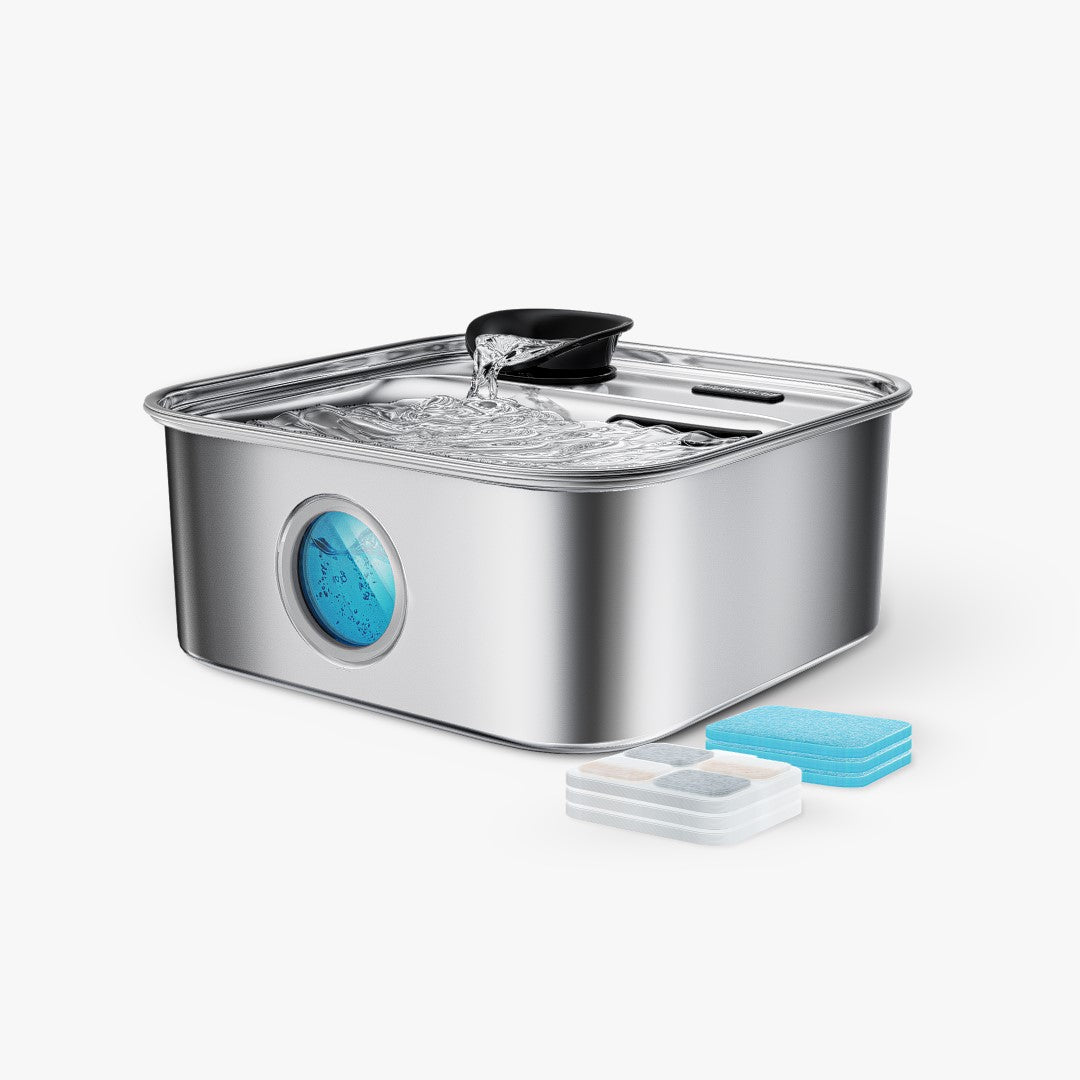
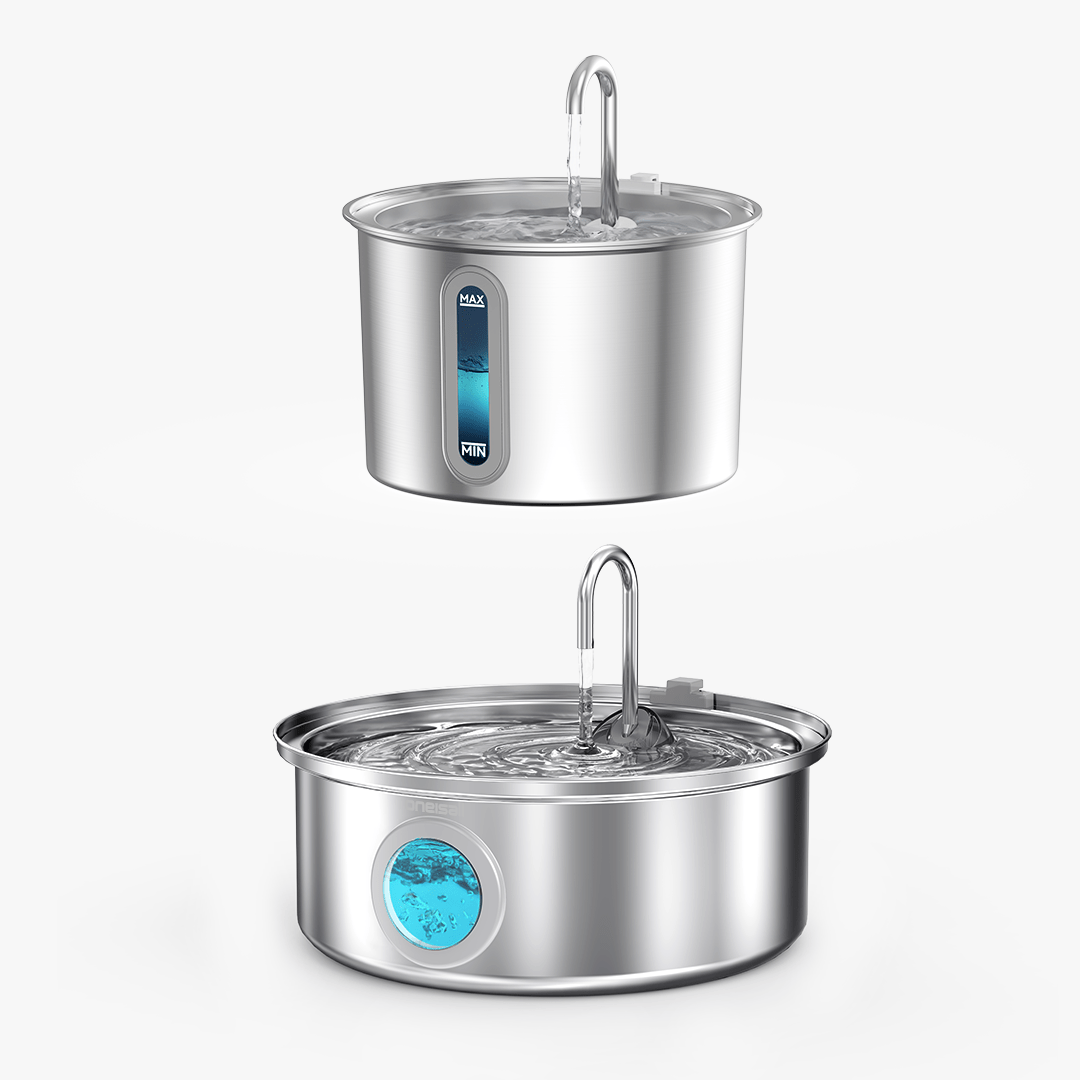


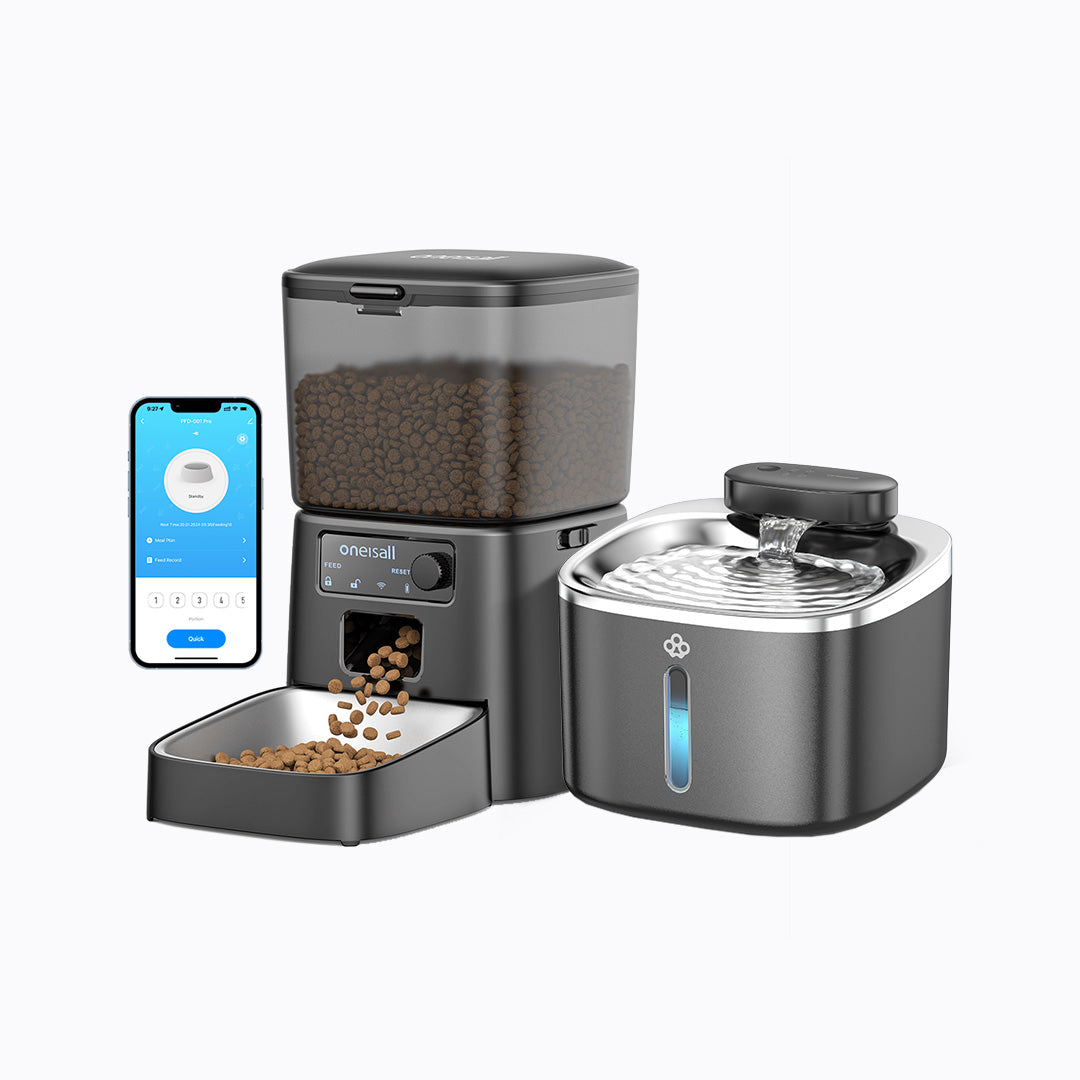
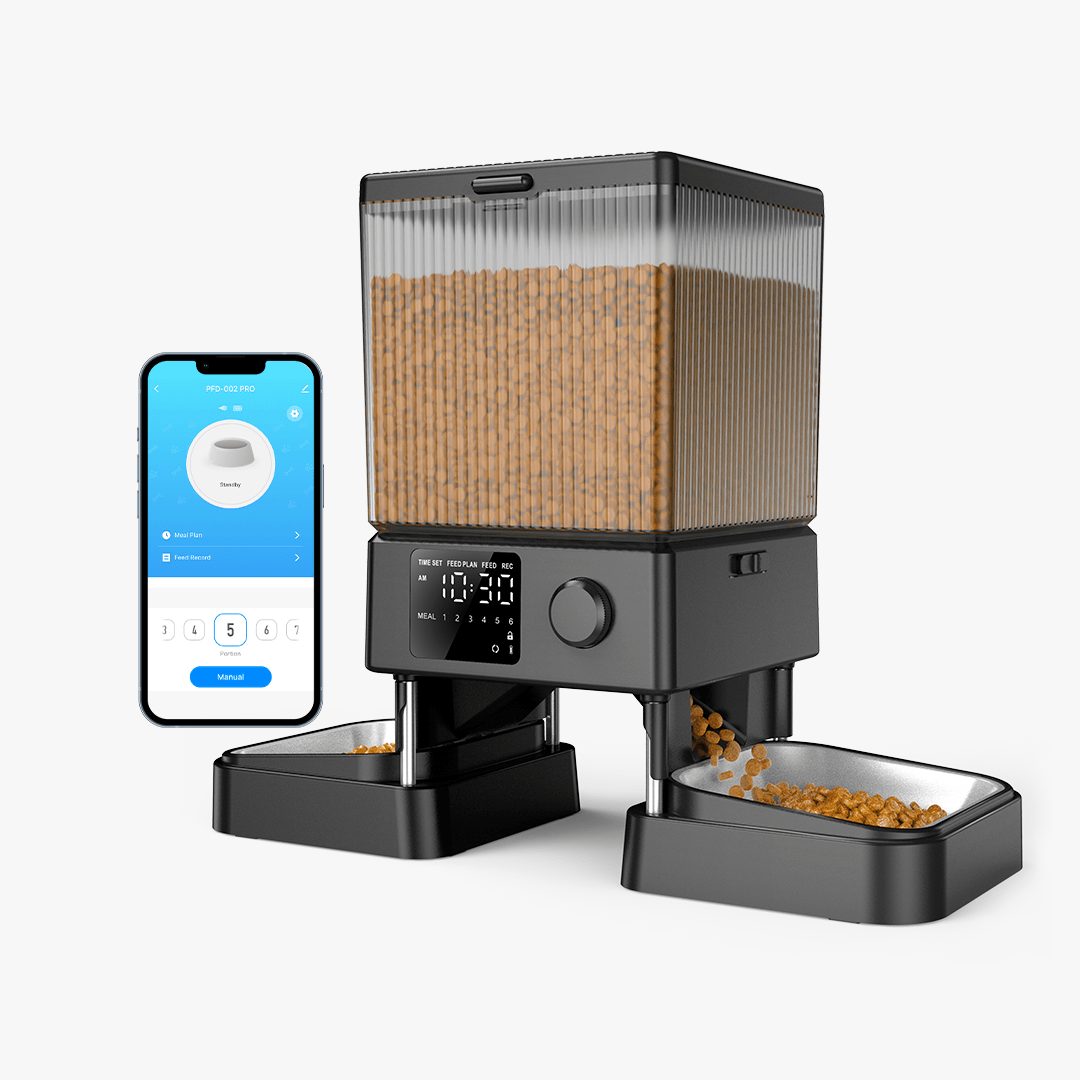
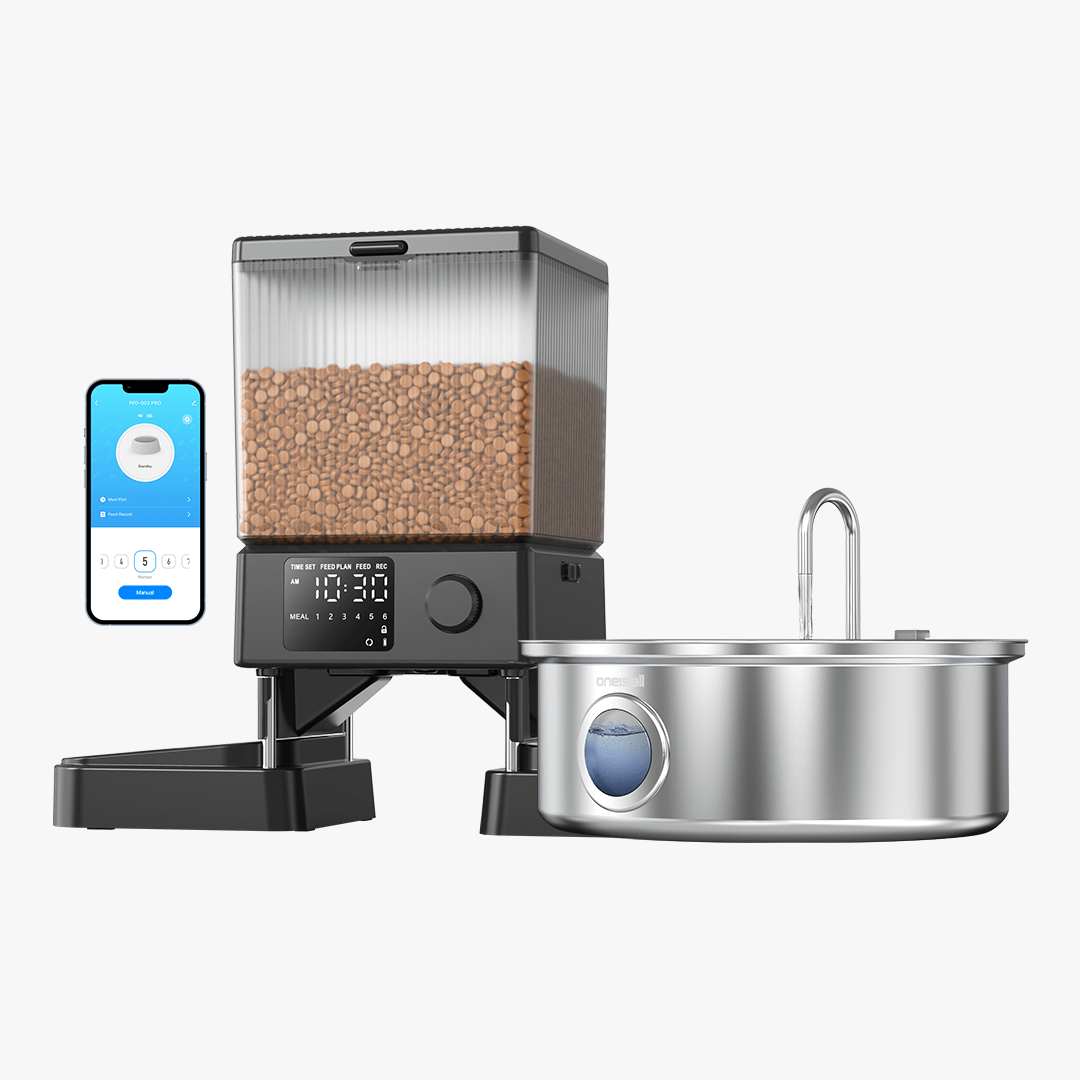
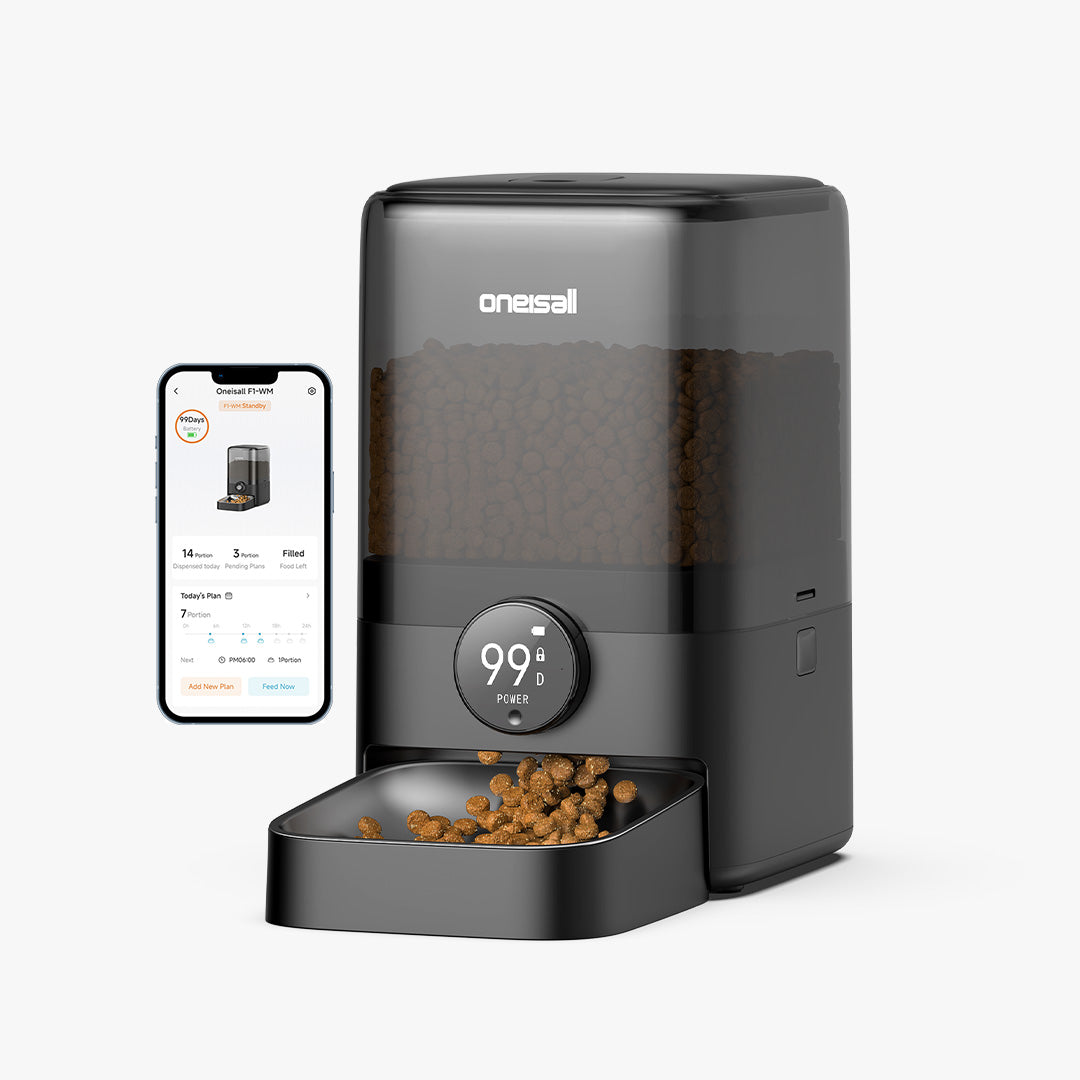
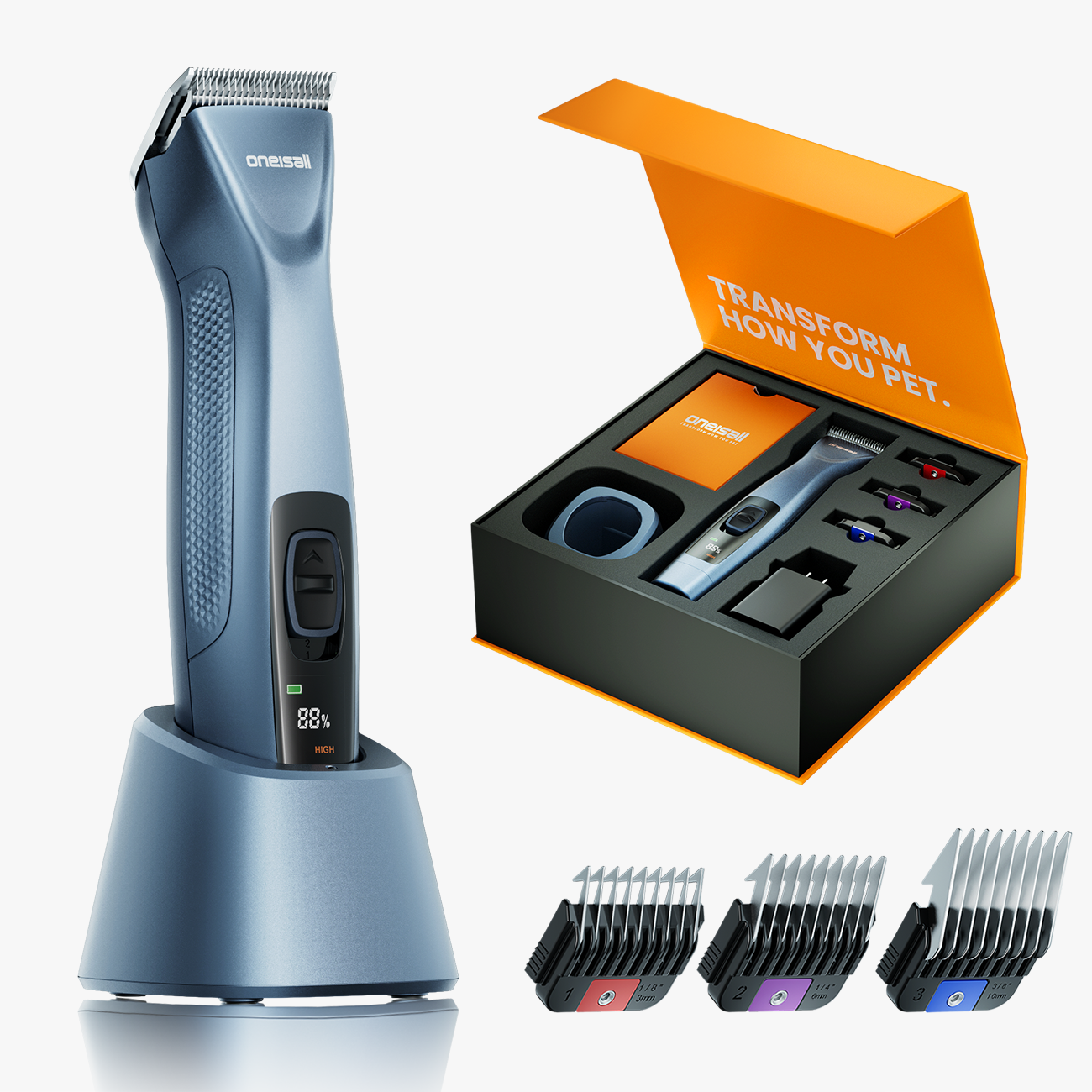
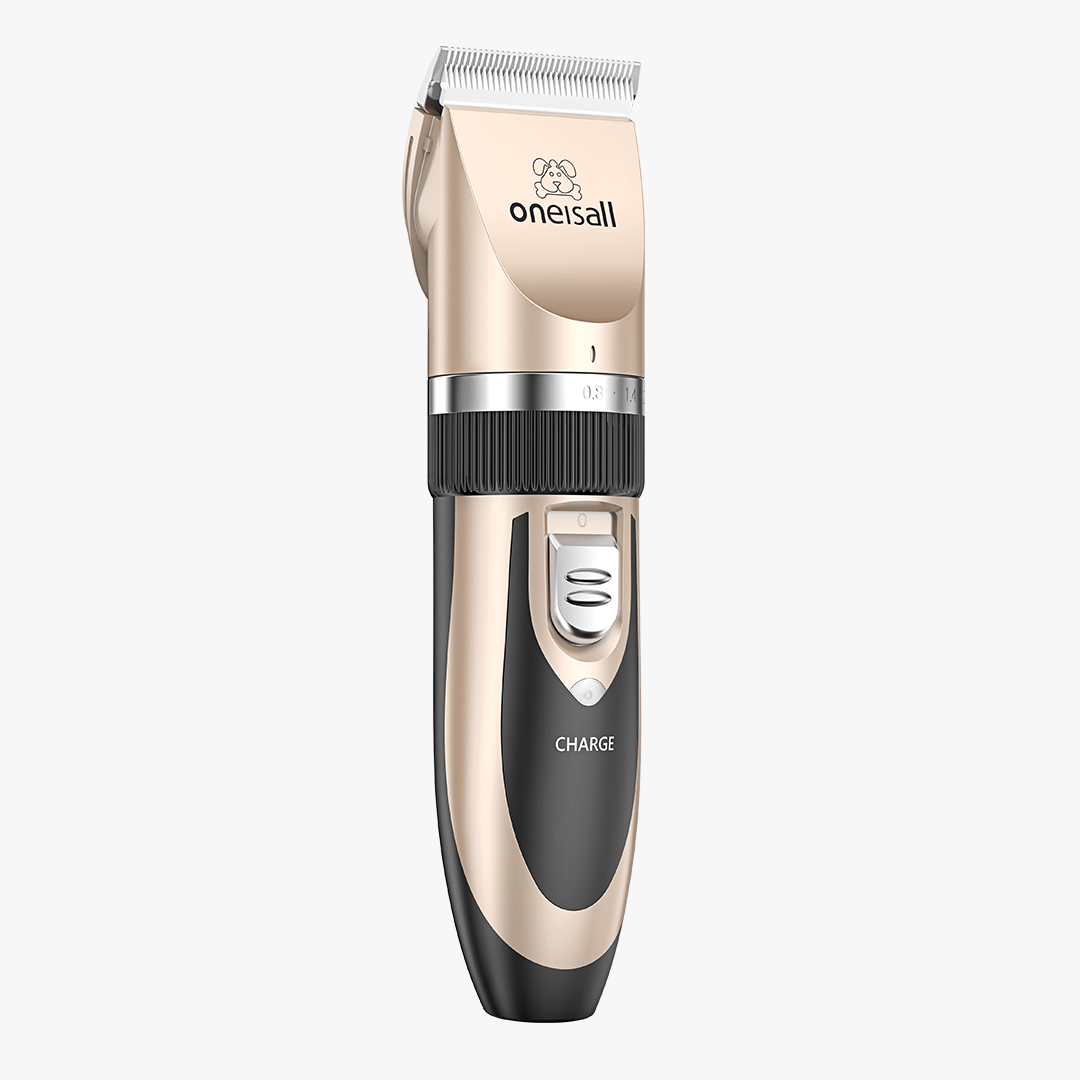
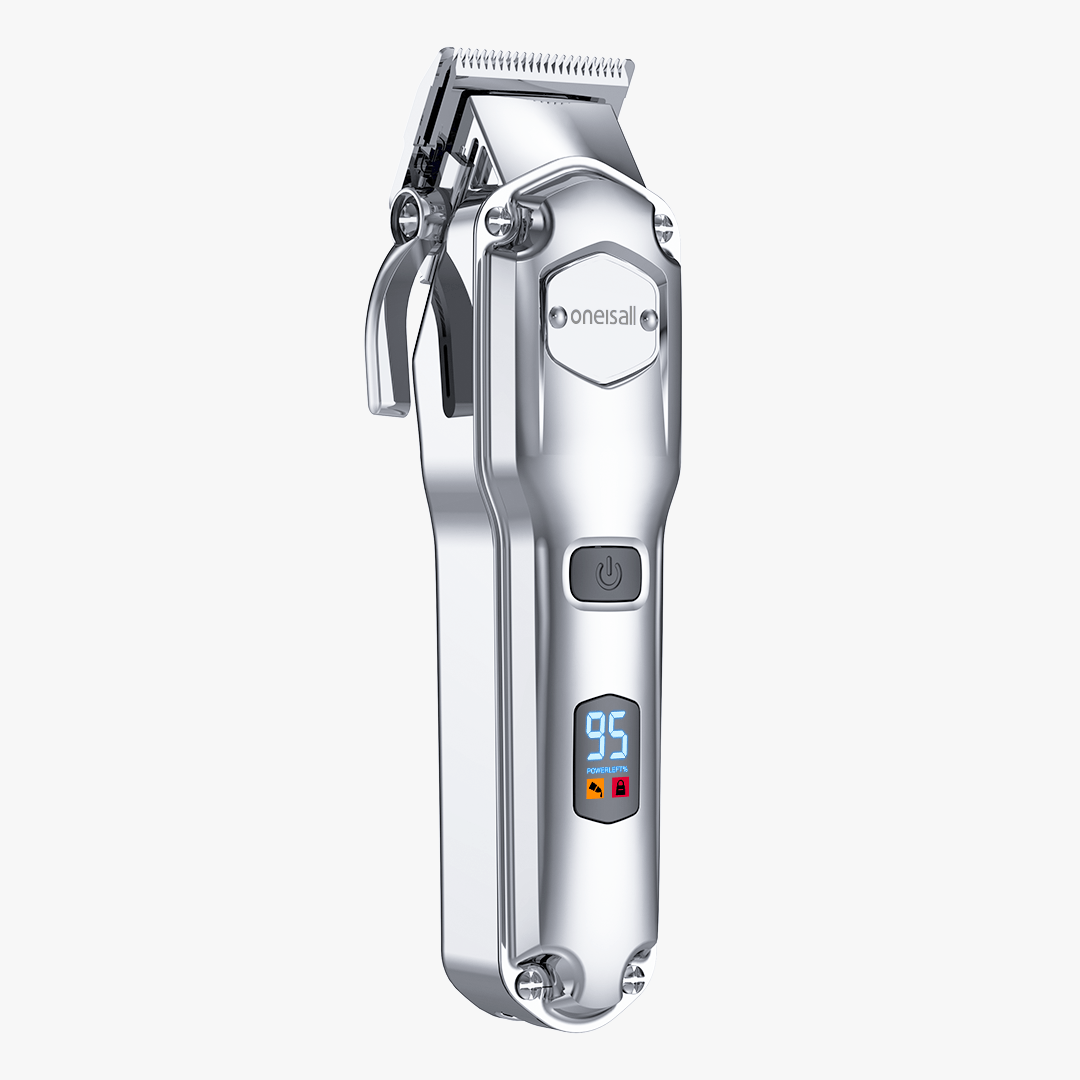
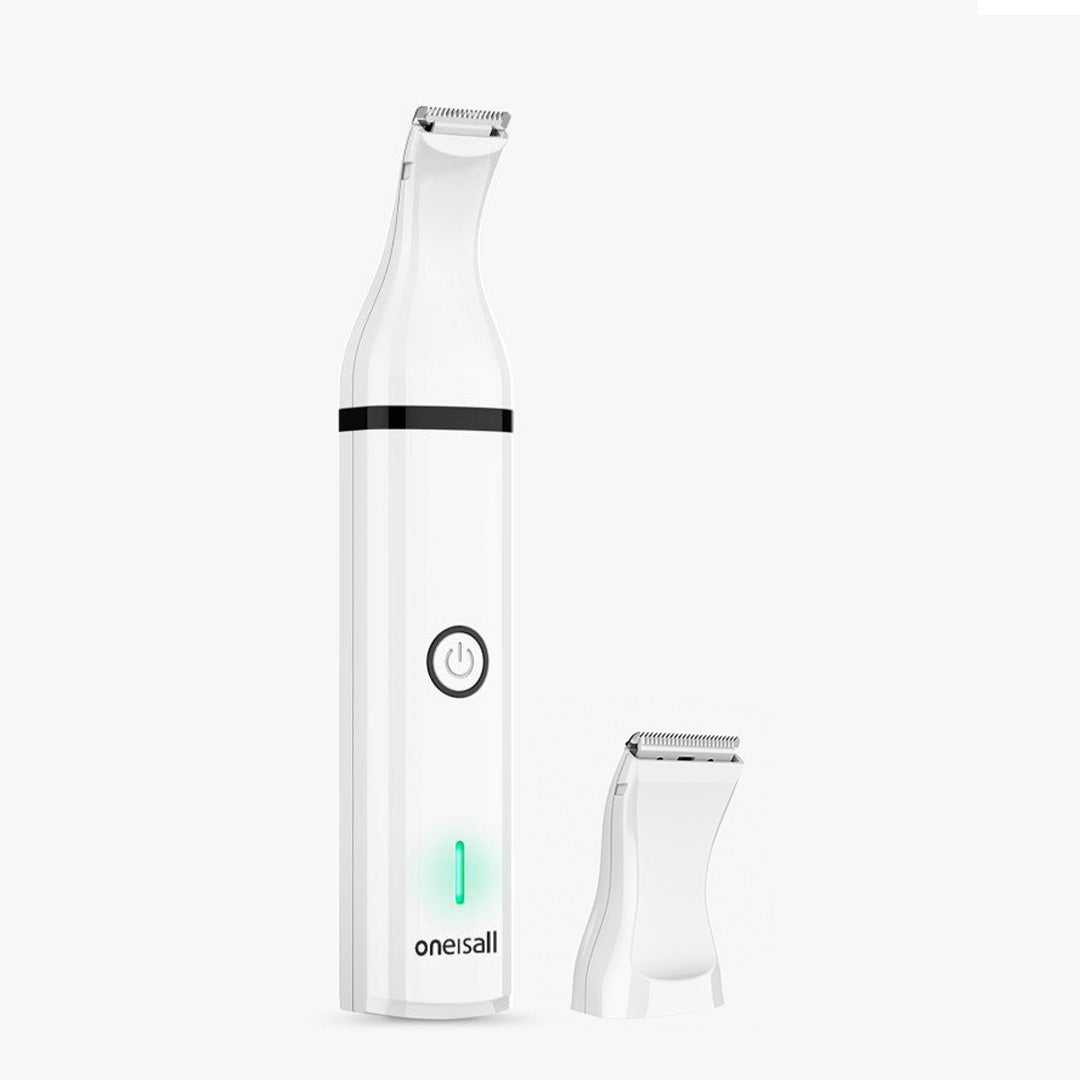
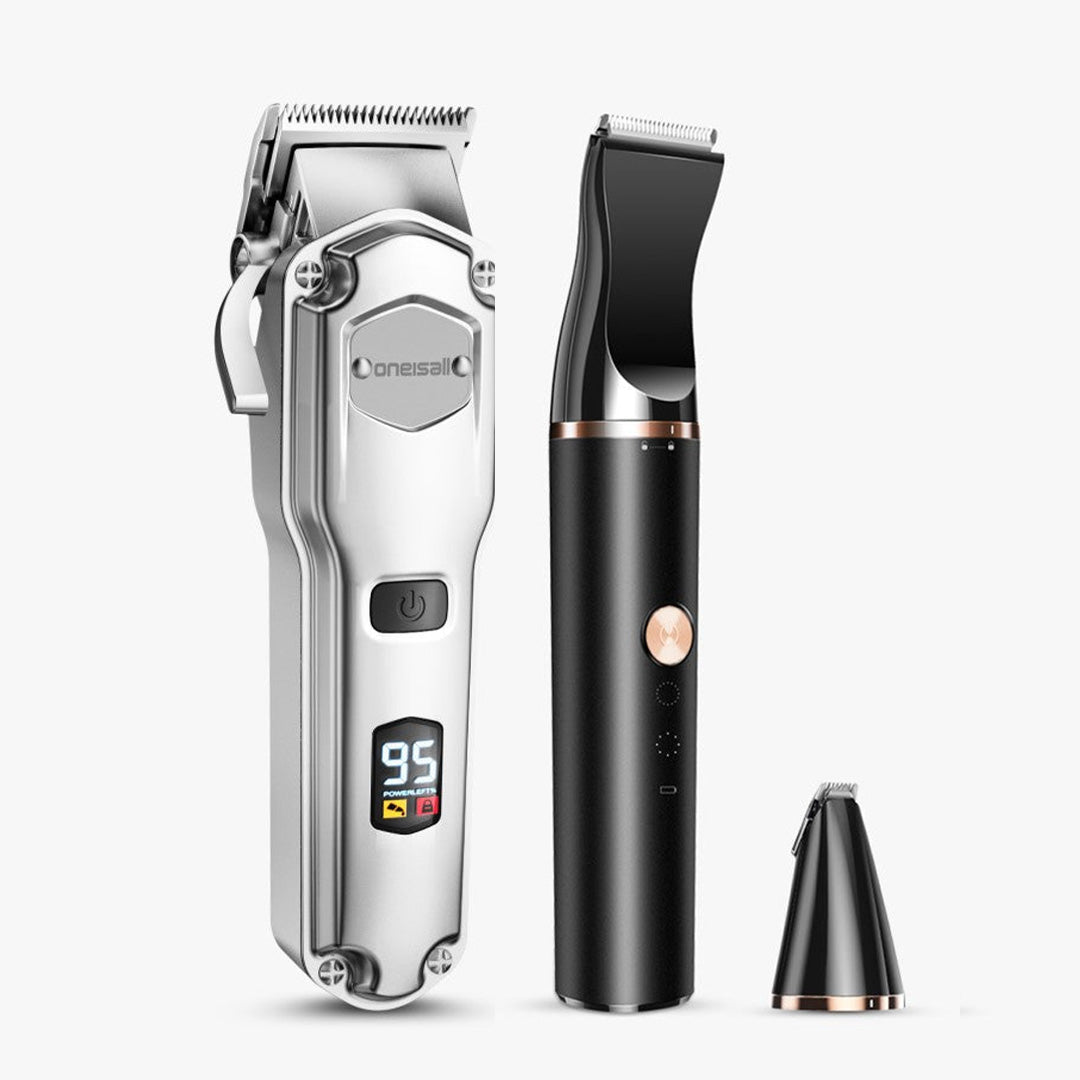
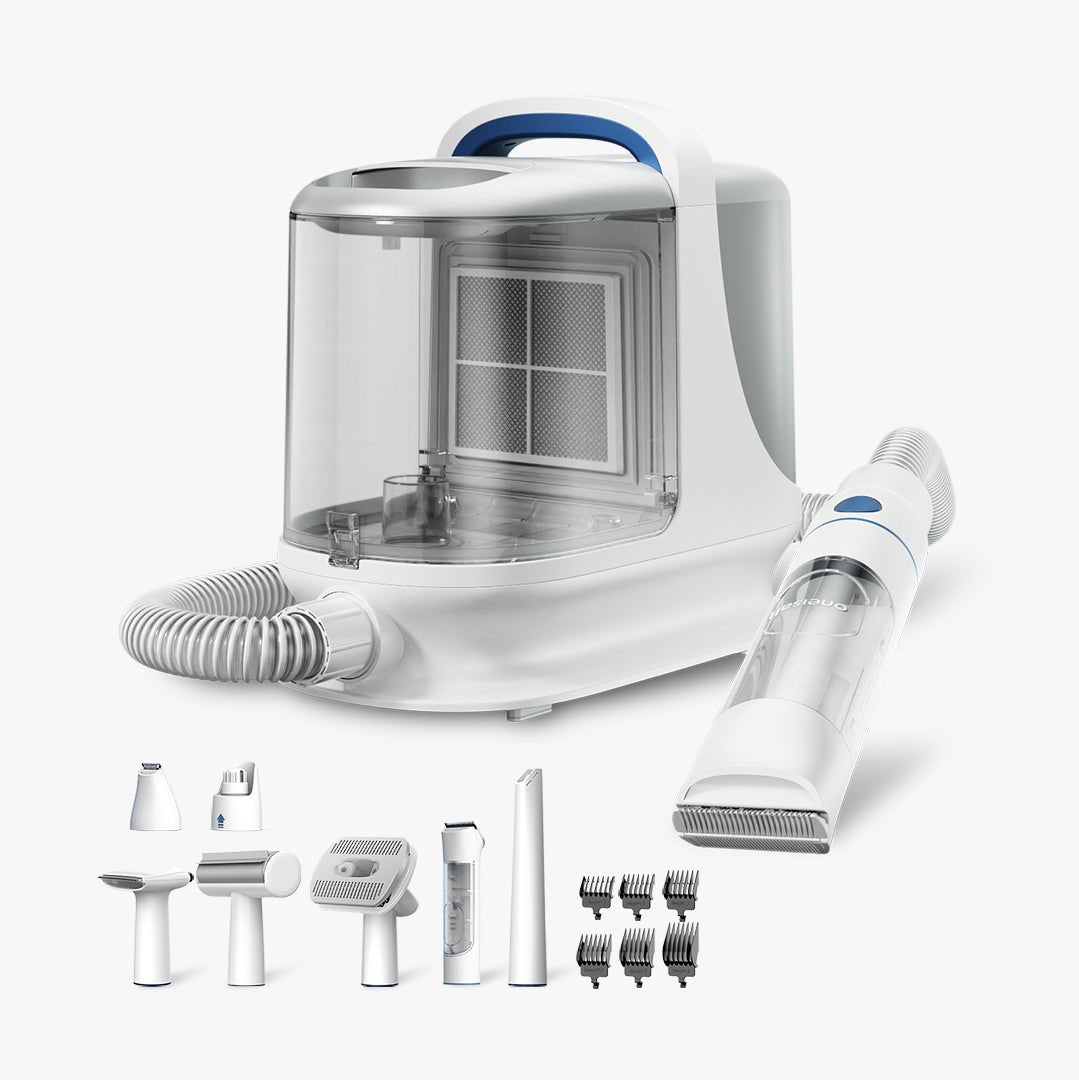
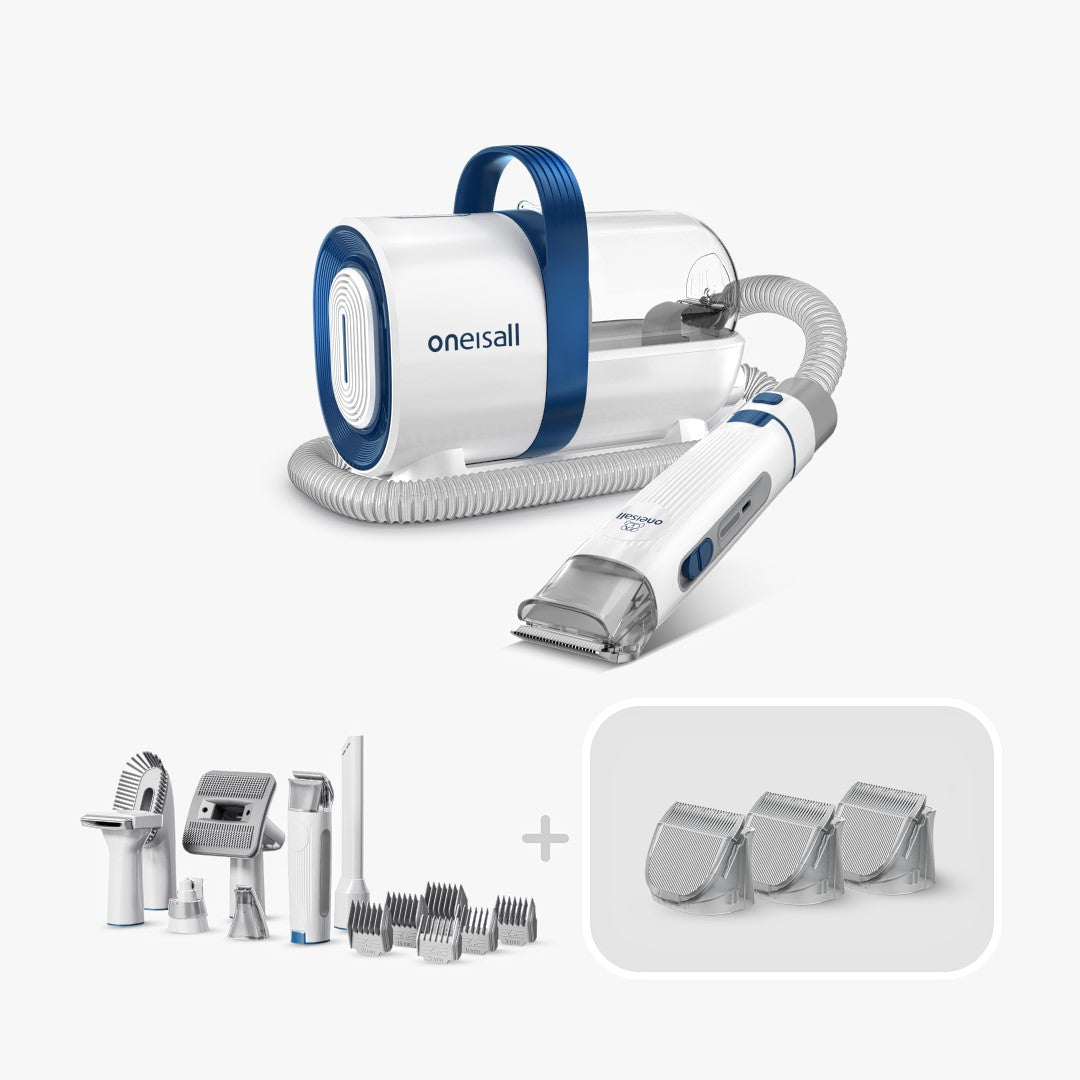
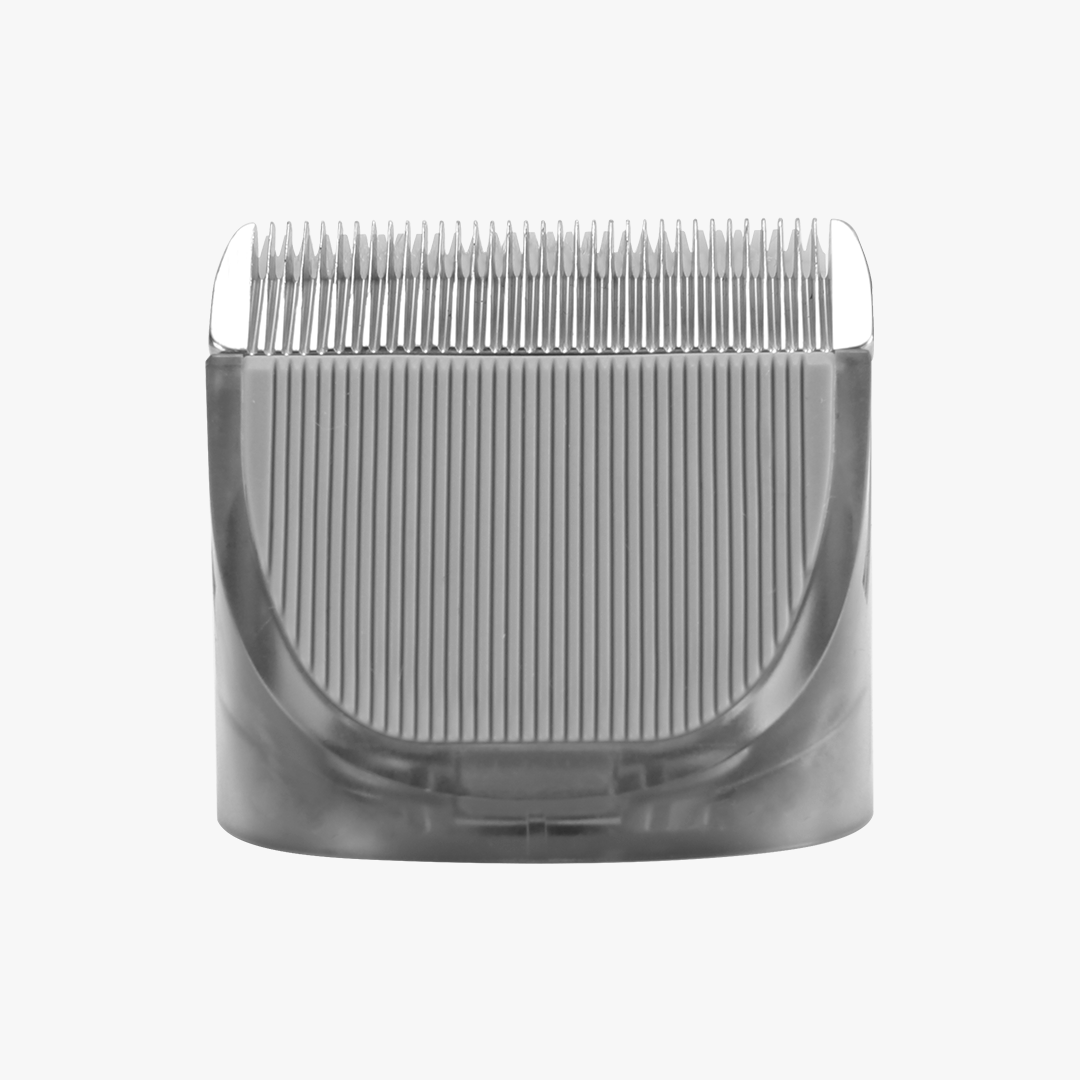
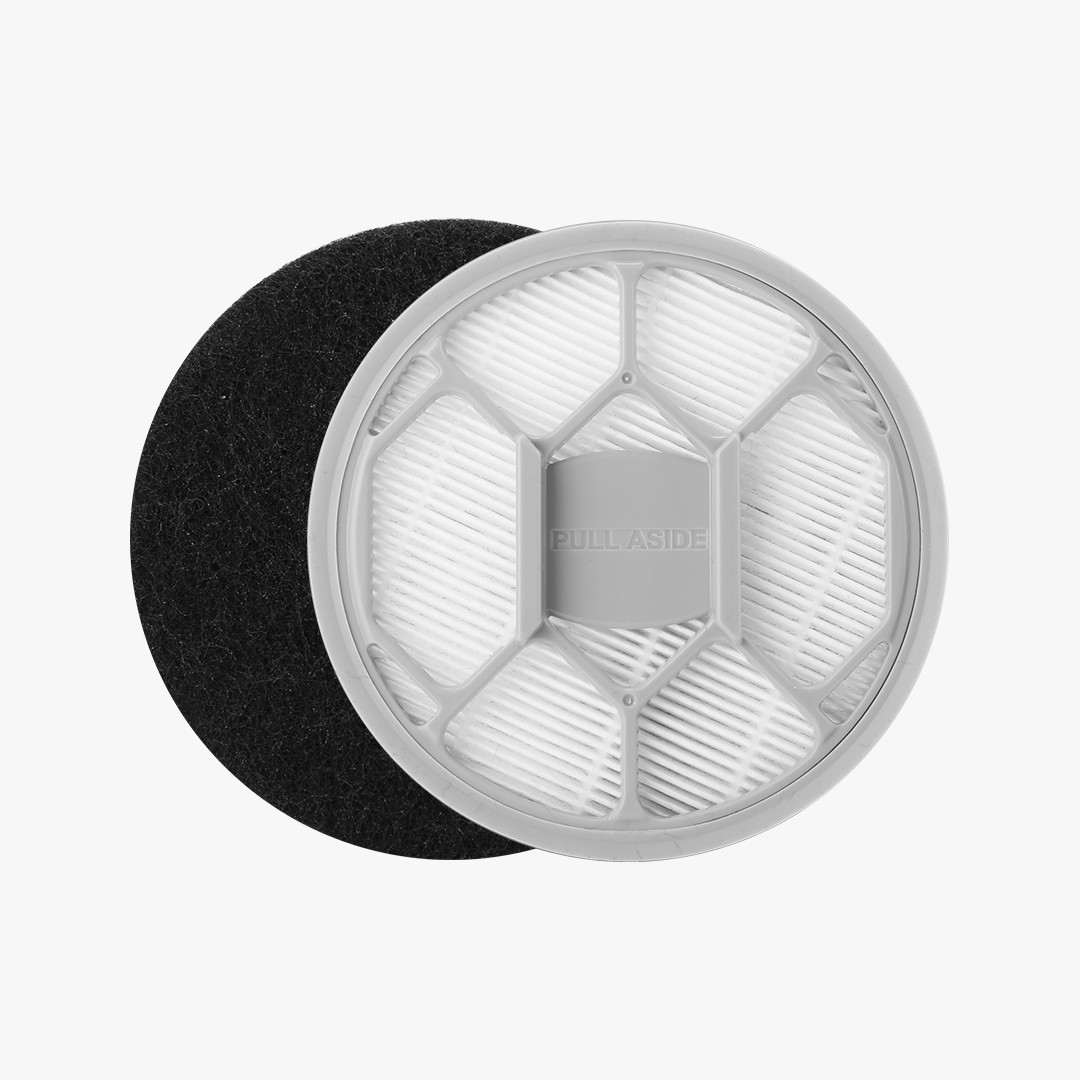
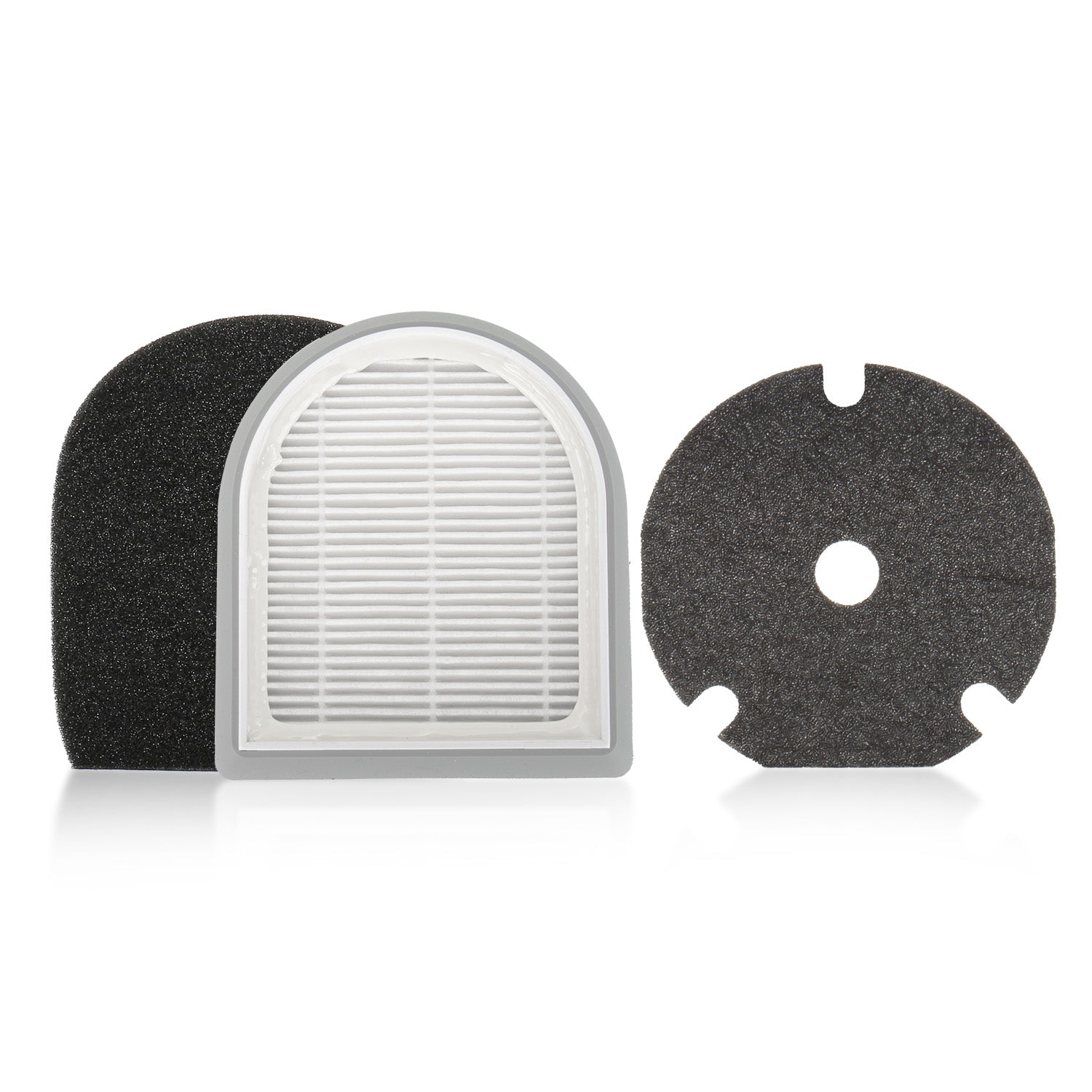
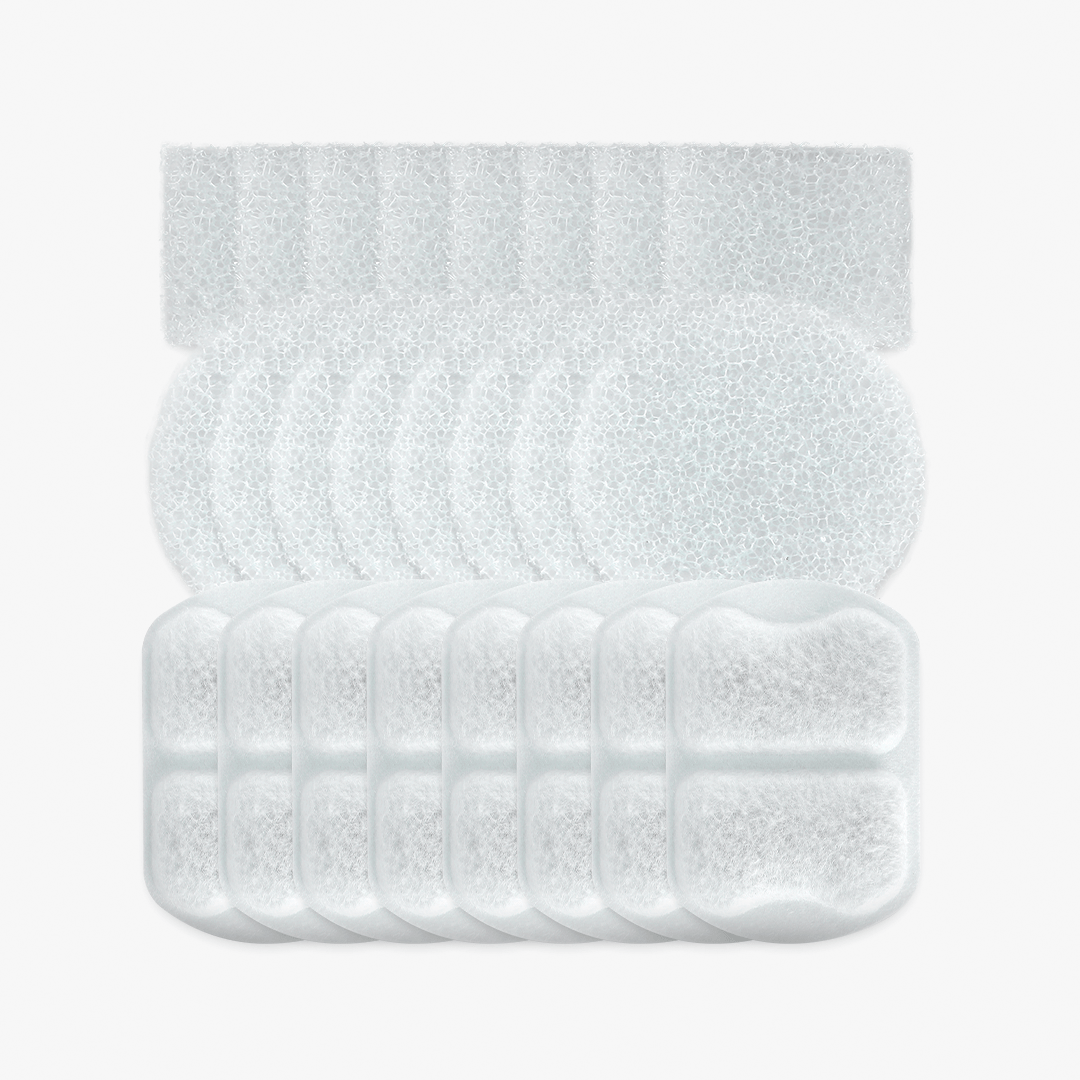
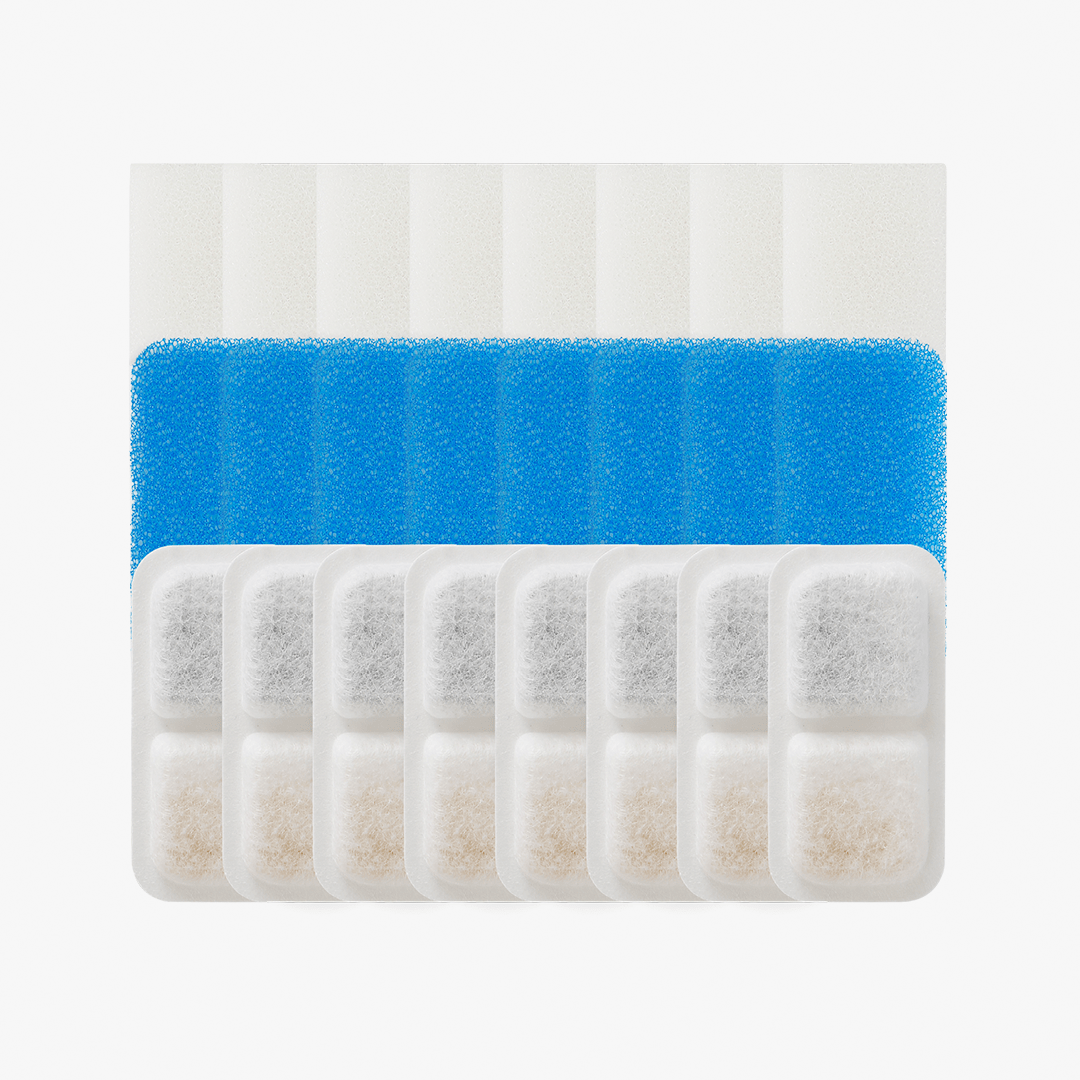
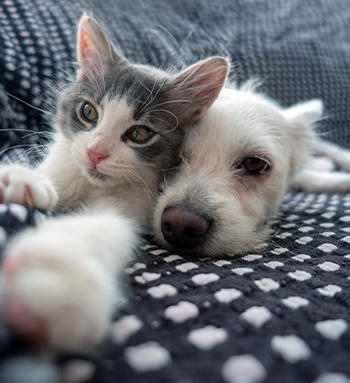
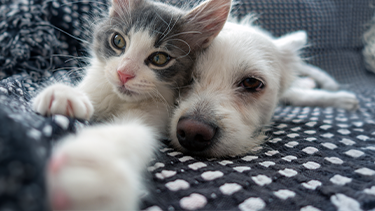
Leave a comment